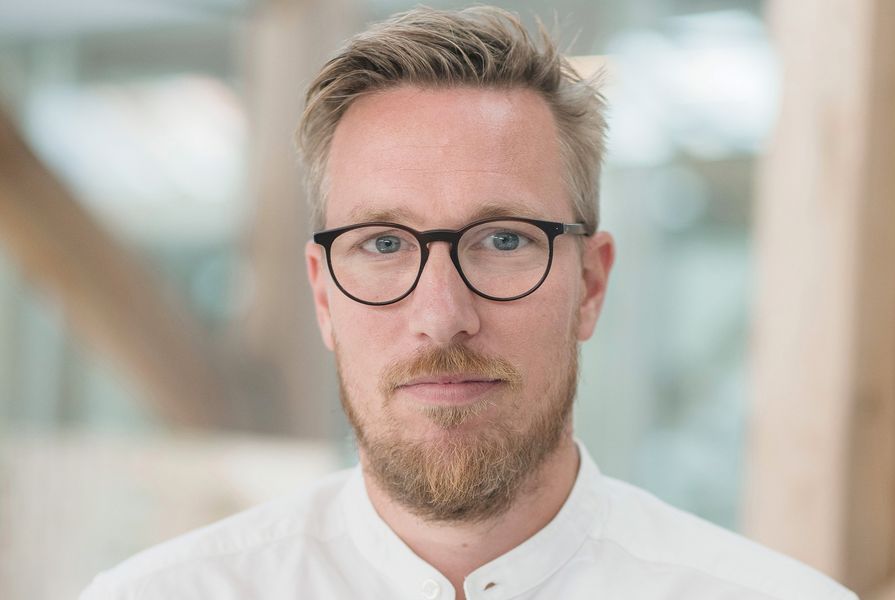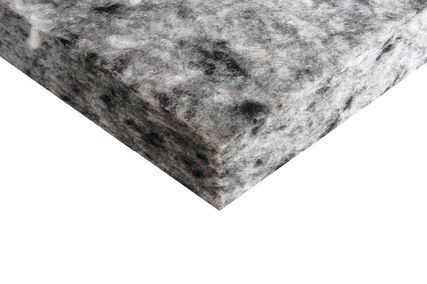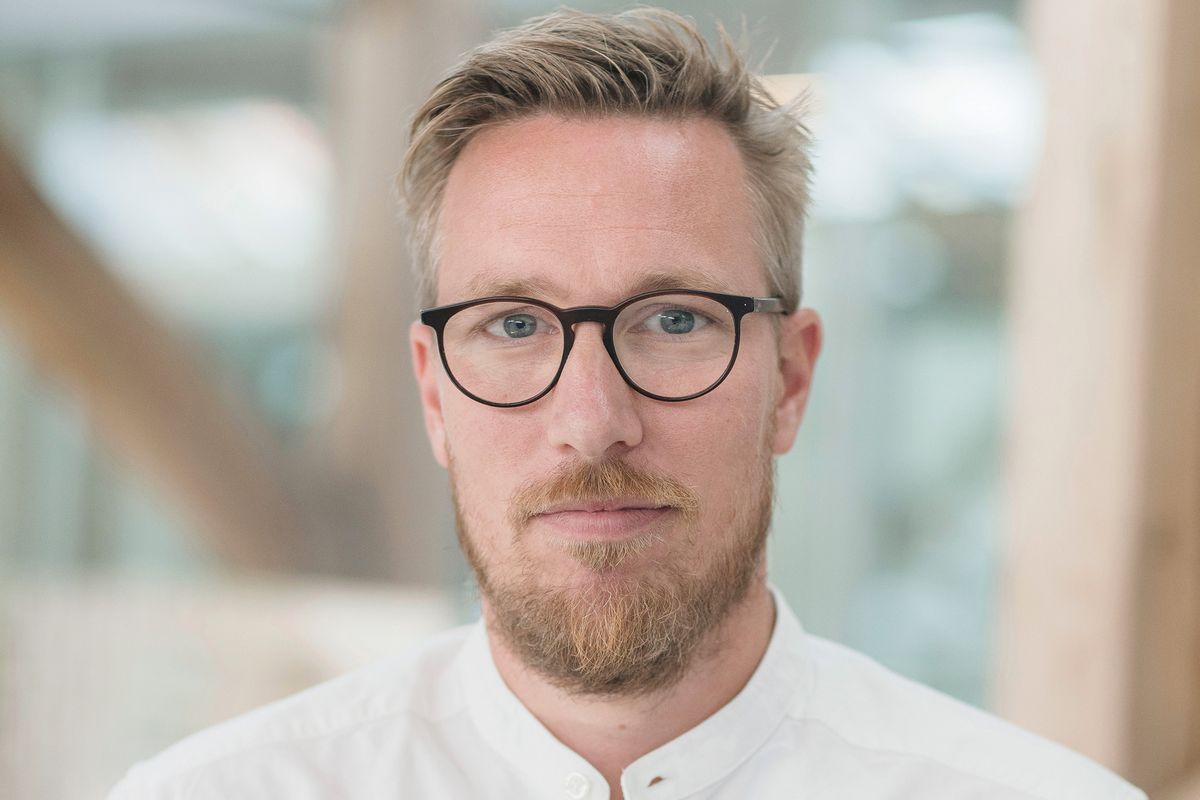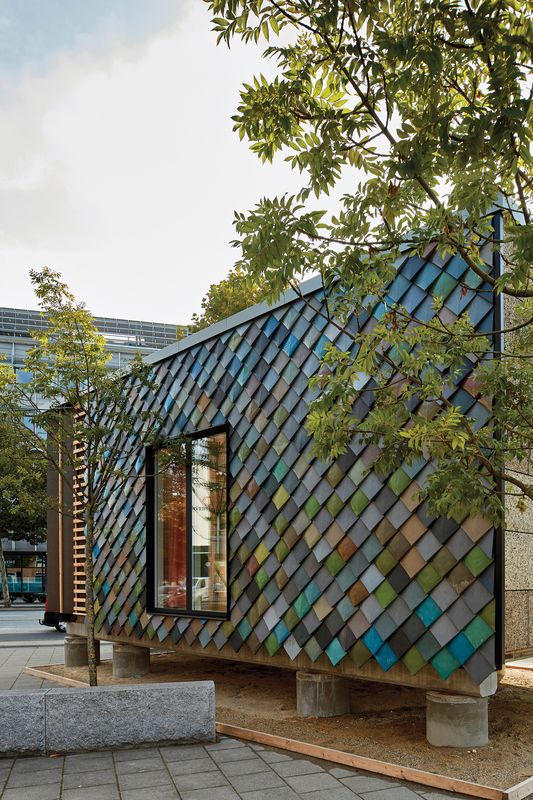GXN is a vocal advocate for greater circularity in built environments. The group led the design of Circle House, which is Denmark’s first circular social housing project – 90 percent of its building materials are intended for future re-use. GXN also authored the influential Building a Circular Future report (2016), which captured the business and societal cases for circularity in built environment industries. Closer to home, 3XN and GXN (along with local practice BVN) led the radical upcycling of Sydney’s 1976 AMP Centre, creating the Quay Quarter Tower and saving an estimated 8,000 tonnes of embodied carbon.
Philip Oldfield: Could you tell me a little bit about GXN and its relationship to 3XN?
Lasse Lind: GXN was established 16 years ago. In the beginning, it was an attempt to make a research and development department as part of an architectural company, which was not normal at that time. There was a notion at the office that a lot of innovation was happening in other industries, and we wanted to create some kind of vehicle or space where people would get time to try to acquire that knowledge and figure out whether or not it was relevant to the building industry.
We have three areas of interest. One is what we call circular design – that’s sustainability, but with the big focus on materials and the materials economy and re-use and recycling and upcycling. Then we have what we call behavioural design, which is very much a social science – it’s about understanding people’s behaviour in the built environment and how we can turn insights around people’s behaviour into design strategies. You could say that workstream started very much with the design of 3XN, where there’s always been a belief that architecture can facilitate social behaviour and bring people together. And then we have the third one, which we have now labelled technology – and, of course, that’s a big one. I think it’s very hard to deal with research and innovation in the built environment and not think about technology because it’s affecting everything that we do.
So, the relationship between 3XN and GXN is an ever-evolving one. But if you had to cut it down: 3XN does buildings, and GXN does a lot of things around buildings.
A demonstrator facade for Circle House. GXN led the design, which enables structural components to be reused after the product is dismantled.
Image: Tom Jersø
PO: You mentioned that circular design is one of the three areas you’re focused on, and there’s no doubt it’s a theme that’s taking off in architecture. For you, what does circular design mean and why is it important to the built environment?
LL: For me, circular design has different aspects. There’s the upstream consequences of the built environment: how are we sourcing materials and are they actually sourced in a sustainable way that the planet can handle? And there’s the downstream: what happens in the afterlife and what happens in the future? As architects, or as builders, we design to a specific condition and point in time, and a specific client and user and whatever. But actually, what happens to the building stock is very hard to predict as a designer when you’re doing something in the present. For me, the other part of circularity is to understand that you also have to design-in the capacity to change and to transform and to ultimately recycle in the future. It’s all based on the fact that there’s a scarcity of virgin materials. We have to understand that we cannot accommodate increasing urbanization with virgin materials. We simply have to look at other materials streams. The production system that we have is, very broadly, a “take, make and waste” system. We should be looking at nature, which has a balanced system of recycling or not creating waste. Ultimately, we should be trying to create a system that works in a similar way. It is that way of thinking that we’ve been trying to employ in our projects for the last 10 years.
PO: GXN has done a number of significant research projects on circular design. What are some of the key things that you’ve found that architects need to listen to?
LL: One is the notion of the architect being a sort of supreme person who could just decide and then everyone would follow. We need to be much more involved with parts of the value chain that traditional architects would not involve themselves with: demolition contractors, people that handle materials, facility managers. I think the role of an architect is really to be the mediator between a lot of different professions and fields of knowledge.
One thing we’ve learned from the research is that, technologically, there’s not actually a lot preventing us from doing the things we should be doing. It is other stuff preventing the shift in the built environment. It can be legal stuff; it can be insurers. But it’s not that there is some technological gadget missing for us to be able to build in a much more circular and sustainable way. It can be done. It has been done. It’s a systemic problem. It’s a structural problem.
PO: If this is not a technological challenge, what are the biggest challenges we need to overcome to make this shift into circular design a reality?
LL: Probably the single biggest challenge is short-term investments. If investors want to make a quick buck, it’s very hard to get them to think about anything that has to do with longer-term commitments. That’s where you need legislation. That’s one challenge. And I think there’s a general challenge in capacity-building across the industry. We try to involve ourselves a lot with knowledge-sharing projects – all the stuff we do is open-source [in an attempt to] get enough people to know and to be interested and understand … It’s not because it’s undoable from a technical perspective, it just needs to be on people’s agenda, right?
PO: Given that you’re working in Denmark and Australia, how do you think Australia is faring in this space?
LL: It’s interesting with Australia because there are some areas where Australia is quite advanced. I mean, we’ve been able to do Quay Quarter Tower in Australia, which is a project I don’t think has been [replicated] in different places – there was a contractor and a client and an environment ready to do a project like that. And I’ve been quite involved, for example, with water recycling and cleaning technology, and Australia has some very, very cool companies doing water-cleaning tech.
Then there will be other areas – like energy consumption of buildings, where you’ll have loads of buildings with single glazing and lots of air-handling units guzzling away and all that stuff – where I think Australia is quite behind compared to most European countries. So, it’s a bit of a mix in that sense. I’ve met quite a lot of people in the industry who know a lot and are quite engaged and so on. But maybe at a political level, it’s not been great. I think the political level needs to catch up a bit to where the industry is.
Source
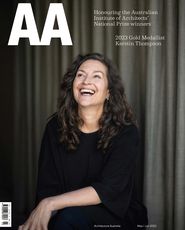
People
Published online: 13 Jun 2023
Words:
Philip Oldfield
Images:
Adam Mørk,
Tom Jersø
Issue
Architecture Australia, May 2023

